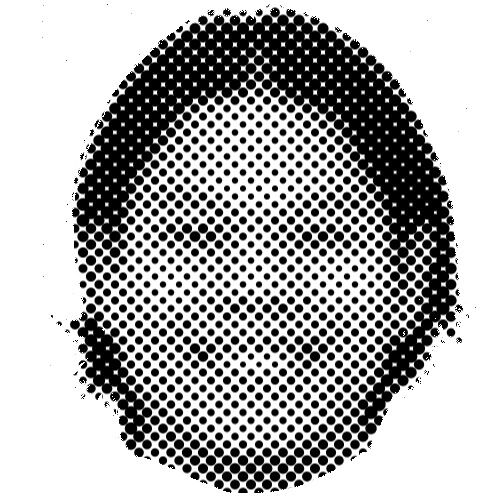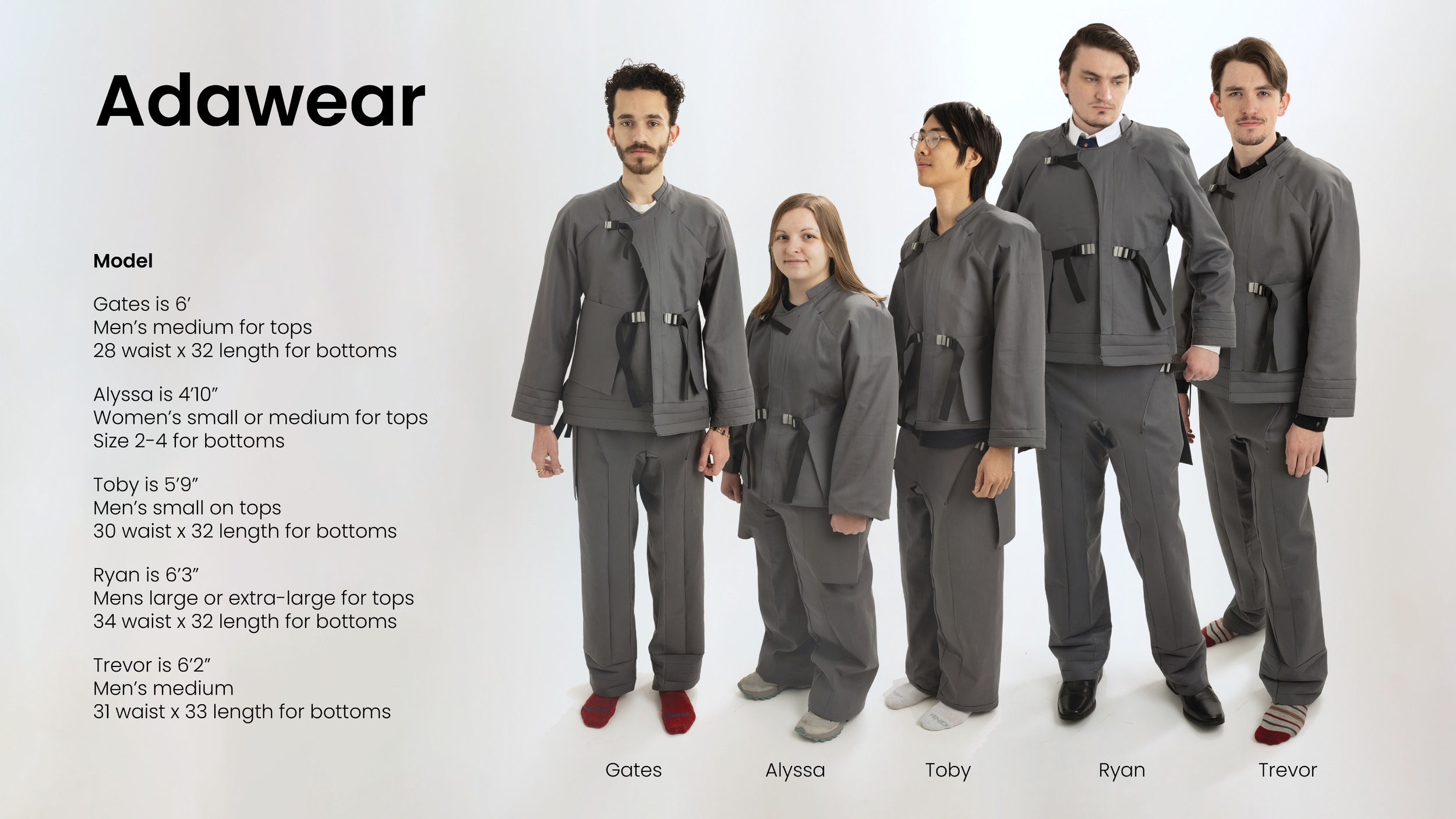Adawear
Adjustable clothing for bodies of all shapes and sizes
Current sizing systems do not accurately reflect the range of shapes and sizes our bodies come in, leading to fit and sizing issues prevalent in the fashion industry. With this project I aim to answer: how might we design sizeless clothing for fashion consumers to make clothing that ACTUALLY fits our bodies?
Project Type - Individual Senior Thesis
Duration - 27 weeks
Special Thanks : Lara Goulart, Mindy Magyar, Ariella Knight
Initial Research
53%
of returns are made due to issues with fit and sizing. The top reason for returns
6 years in a row
Source: Coresight Research
63%
of consumers practice bracketing
: the practice of buying multiple sizes or colors with the intension of only keeping one and returning the rest
Source: Business Insider
Understanding consumers
To better understand users struggles, I conducted a survey. Of the 47 surveyees,
27 people (57%)
“I've got a small waist, thick thighs/large bottom so either it's too long, waist fits perfectly but the thighs and butt do not”
“Pants tend to differ in length even if they are labeled as same size”
Defining the problem
mentioned fit or sizing as a pain point when shopping for clothing
“Pants tend to be too long because I’m petite”
“Short with a butt so pants are usually too long or don’t fit my hips”
“I have slightly thicker thighs and a butt so I typically have to size up on jeans but then that leads to a baggy waist”
“pants never really fit me well around the thighs even if the waist fits”
“I'm short, so the pants I find that are the right amount of baggy are always too big and long”
“If it's online, they tend to really fit my body differently than it fits a model”
Most people don’t typically fit into one single size, but rather different sizes in different areas of the body. This leaves users to make a compromise, choosing where they want their clothing to fit best, and never fully satisfied with their clothing.
With this project I aimed to reimagine the form our clothing can take and to answer the question:
How might we design sizeless clothing for fashion consumers to make clothing that actually fits our bodies?
My solution
Strategically placed adjustment points around the garments allow it to fit a diverse array of body shapes and sizes, forcing the garment to fit you rather than vice versa.
Intentional choices for fabrics, notions and materials ensure comfort, wearability, and ease of use.
Design Process
Brand Market Placement
Looking at existing brands in the market that work with adjustable/size adaptable clothing to identify an area of opportunity. Many brands have settled on loose clothing as it lends itself to a large range of sizes, however I aimed to offer an alternative.
Moodboard
Building a mood board helped me identify aesthetic guidelines and label design details that guide me as I moved forward into defining designing garments. From this mood board, I defined some keywords for the Adawear brand moving forward:
Structured
Uniform
Functional
Clean
Neutral
Semi-Formal
Sketches
Explored different forms, methods of adjustments, balancing aesthetics and necessary built-in ease in the garment for adjustability.
Iterative Prototyping
Refined each stage of the prototype through fittings and learnings, balancing aesthetic and user needs
Senior Capstone Exhibit
This was an incredibly fulfilling and challenging project culminating in a week-long exhibit at RIT's University Gallery. Alongside Adawear, I presented a poster detailing some of the processes and the problem I aimed to solve, as well as prints of models of different sizes wearing Adawear.
On opening night of our capstone show, I even invited any and all attendees to try on the clothes for themselves! And I’m happy to say it fits!


















